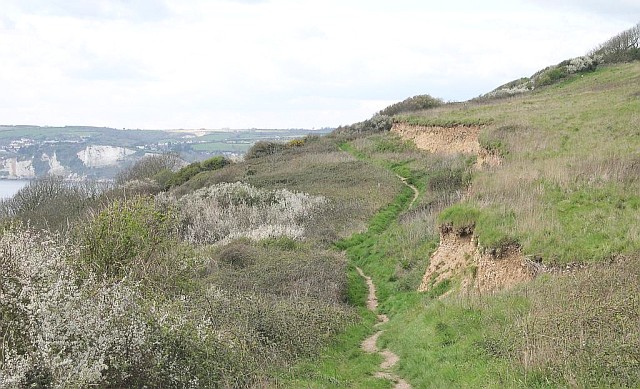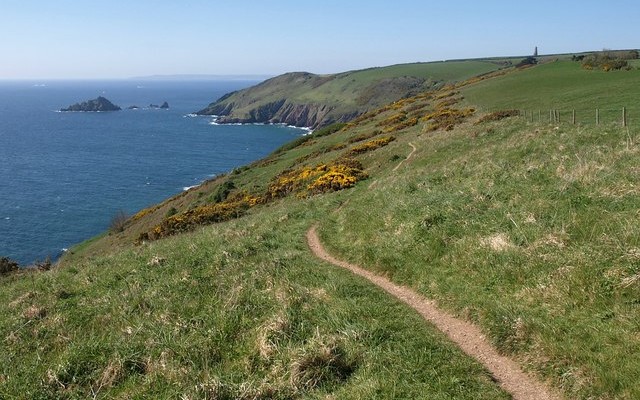Interesting information
This site is a National Nature Reserve (NNR), Special Area of Conservation (SAC), World Heritage Site (WHS), Site of Special Scientific Interest (SSSI) and within an Area of Outstanding Natural Beauty.
In places along this stretch, the rocks are overlain by the more recent sandstones, clays and chalk of the Cretaceous Period, laid down in marine conditions about 70 million years ago.
Extensive and dramatic landslides have also heavily influenced the coastline as you see it today and it is not unusual for the more recent Cretaceous rocks to have slipped down to beach level.


